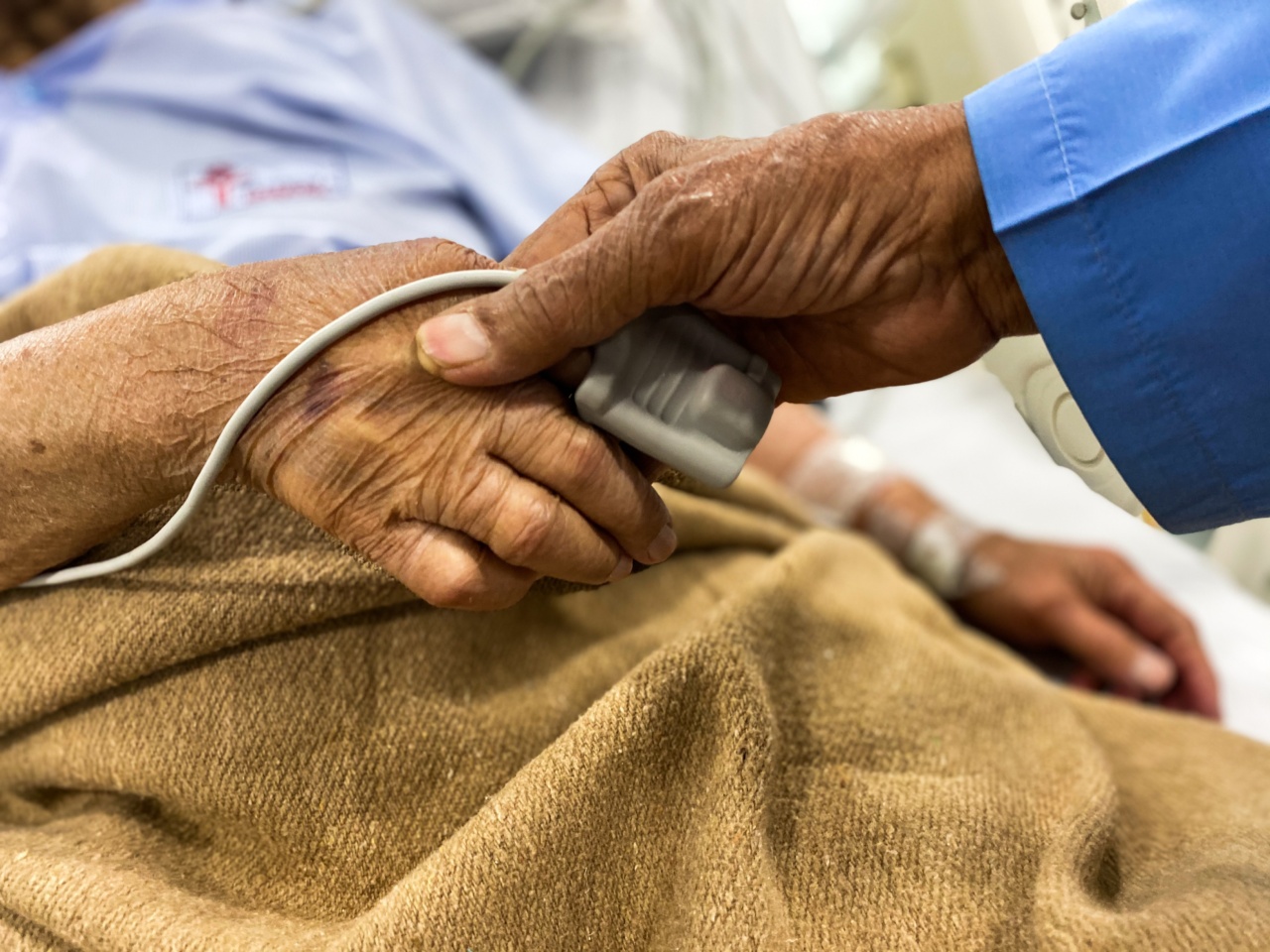Alzheimer’s disease is a type of dementia that affects memory, thinking, and behavior. It is a progressive disease that worsens over time. People with Alzheimer’s often have trouble with daily tasks, including bathing, dressing, and eating.
They may also experience problems with language and communication, have difficulty recognizing friends and family or familiar objects, and may even become disoriented or lost. The disease develops slowly, and early symptoms may be mild and go unnoticed.
Age range of onset of Alzheimer’s disease in women?
While Alzheimer’s is often seen as a disease of the elderly, people in their 30s, 40s, and 50s can also develop early-onset Alzheimer’s disease. On average, however, most people with the disease begin showing symptoms after the age of 65.
According to the Alzheimer’s Association, about two-thirds of those with Alzheimer’s are women. Women also tend to have a higher risk of developing the disease than men.
The age range when Alzheimer’s disease begins to appear in women can vary, but it is most commonly seen in those aged 65 and older.
Researchers have found that the risk of Alzheimer’s increases with age, and the number of people with the disease doubles every five years after the age of 65.
Factors that contribute to the onset of Alzheimer’s disease in women
There are several reasons why women may be more likely to develop Alzheimer’s disease than men. One reason is that women live longer than men, and age is one of the biggest risk factors for developing the disease.
As women tend to live longer, they are more likely to develop Alzheimer’s disease.
Another factor is that women tend to have more risk factors for Alzheimer’s, such as diabetes, depression, and high blood pressure. These conditions can increase the risk of developing Alzheimer’s disease.
One study found that women with a history of depression were at a higher risk of developing Alzheimer’s disease than women who did not have a history of depression.
The study suggested that depression could be a risk factor for Alzheimer’s disease in women.
While genetics is not a gender-specific factor, women are often more likely to inherit Alzheimer’s disease from their parents than men.
This is because women have two copies of the X chromosome, which can carry the genetic mutations that cause Alzheimer’s, whereas men only have one copy of the X chromosome.
Symptoms of Alzheimer’s disease in women
The symptoms of Alzheimer’s disease in women are similar to those seen in men.
However, women with Alzheimer’s may experience more severe symptoms than men, especially in their ability to perform daily activities such as cooking, managing finances, and grocery shopping. Men, on the other hand, may experience more difficulty with tasks that involve spatial skills, such as driving or navigating unfamiliar areas.
Some of the early signs of Alzheimer’s disease in women include:.
- Memory loss that disrupts daily life
- Trouble making plans or solving problems
- Difficulty completing familiar tasks
- Confusion with time or place
- Trouble with vision or spatial skills
- Changes in mood or personality
Diagnosing Alzheimer’s disease in women
Diagnosing Alzheimer’s disease can be difficult, as many of the early symptoms are similar to those of normal aging or other conditions. However, there are several tests that can be used to diagnose Alzheimer’s disease in women and men.
One of the most common tests is a cognitive test, which can help determine if a person is experiencing memory or thinking problems.
Blood tests, brain scans, and other tests may also be used to rule out other conditions that can cause similar symptoms, such as a stroke or a brain tumor.
Treatment and prevention of Alzheimer’s disease in women
While there is no cure for Alzheimer’s disease, there are several treatments that can help manage symptoms and slow the progression of the disease.
These may include medications, therapy, and lifestyle changes, such as exercise and a healthy diet.
Prevention is also key when it comes to Alzheimer’s disease. Women can help prevent the onset of the disease by adopting a healthy lifestyle, including exercise, a healthy diet, and regular social engagement.
It is also important to manage any underlying conditions, such as diabetes or high blood pressure, as these can increase the risk of Alzheimer’s disease.
Conclusion
Alzheimer’s disease is a progressive disease that affects memory, thinking, and behavior. While there is no cure, there are treatments that can help manage symptoms and slow the progression of the disease.
Women, in particular, are at a higher risk of developing the disease than men, and the age range when Alzheimer’s disease begins to appear in women is most commonly seen in those aged 65 and older.




























